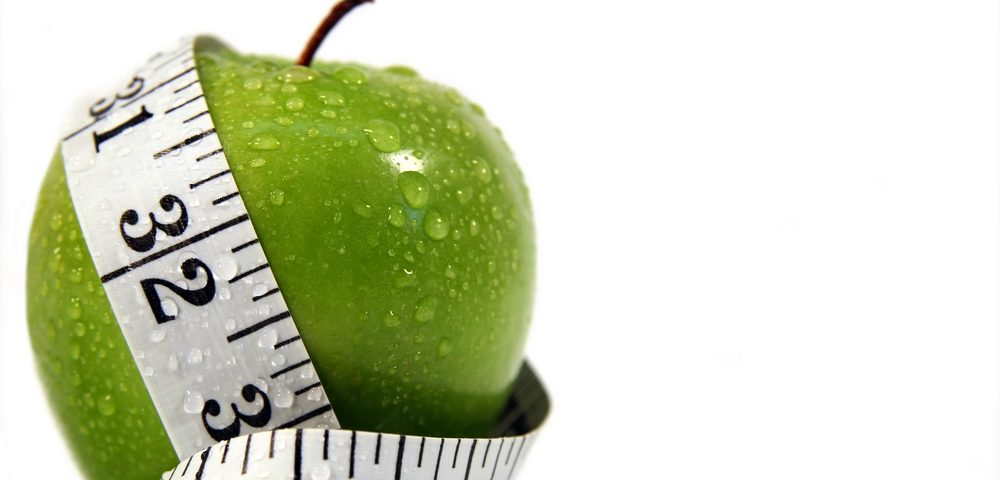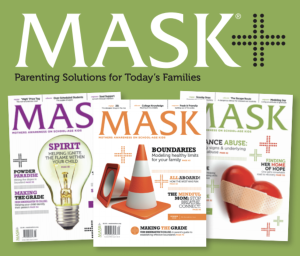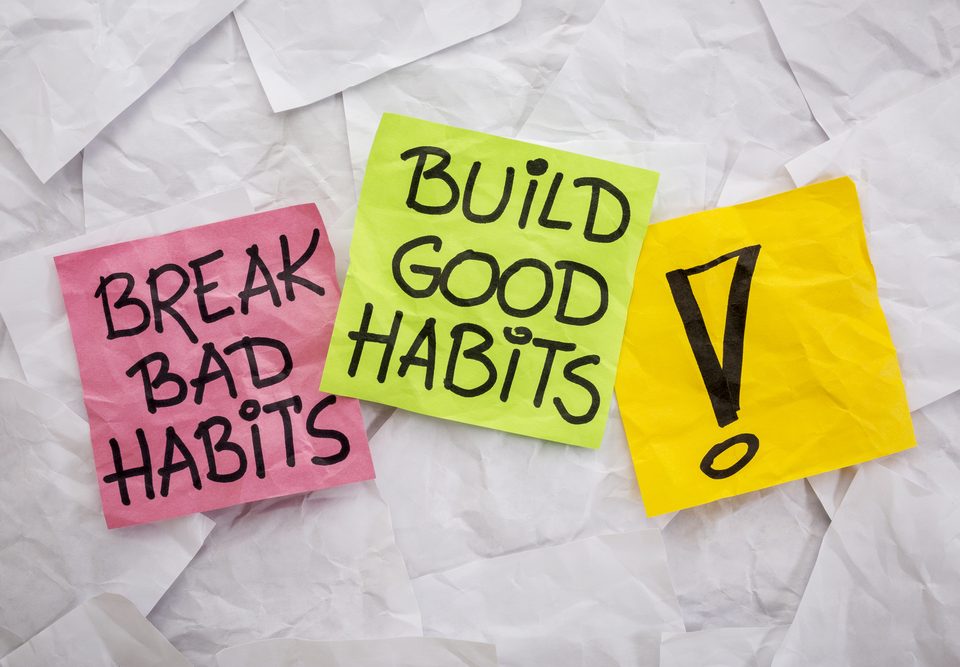
Five Ways to Break Bad Habits
August 3, 2020
The Marijuana Myth
August 5, 2020Addiction and Eating Disorders
A toxic and often secret partnership
At school and in the media, school-aged youth are bombarded with unhealthy, unrealistic messages about being thin, popular, attractive, cool, etc. The need to fit in can lead to feelings of fear and insecurity, which manifest as poor body image, unhealthy dieting and drug/alcohol experimentation. Without intervention, these behaviors can develop into full-blown eating disorders and addictions.
Left untreated, both eating disorders and addictions can have dire consequences, including disruption of school, compromised relationships, physiological illnesses, cognitive challenges and even premature death. In fact, anorexia nervosa and addiction have some of the highest death rates of any mental health condition. However, hope and healing is possible with the help of supportive a family and expert medical intervention.
Dr. Dena Cabrera, clinical director at Rosewood Centers for Eating Disorders, shares insight and observations about the critical the link between eating disorders and addiction in youth. She also offers a bit of advice to concerned parents and youth.
The relationship between addiction and eating disorders
According to Cabrera, if you suspect that a young person in your life struggles with an eating disorder or addiction, it is important to also look out for the possibility of a co-occurring addiction or eating disorder.
“At Rosewood Ranch, the eating disorder is secondary to a co-occurring condition in about 70 percent of our adolescent population,” she says. “Often, the primary condition is addiction, trauma, self-injury, severe anxiety or obsessive compulsive disorder. In order to help our clients achieve long-term recovery, we have learned that it is essential to treat whole person, including the root cause of his or her eating disorder and addiction.”
Dr. Cabrera’s anecdotal observations are supported by research by CASA Columbia, which indicates that up to 50 percent of those with eating disorders struggle with simultaneous drug or alcohol abuse. Their research also shows that up to 35 percent of those struggling with substance abuse problems struggle with a co-occurring eating disorder. The correlation between substance abuse and binge eating disorders (BED) is particularly high, with up to 57 percent of males with BED struggling with long terms substance abuse. Additional statistics from the CASA Columbia study include:
– Girls ages 10 to 14 who dieted more than once a week were nearly four times as likely to smoke, compared to non-dieters.
– Girls with eating disorder symptoms were almost four times as likely as girls without eating disorder symptoms to have abused inhalants and cocaine.
– Of female high school students, 12.6 percent abused diet pills, powders or liquids to control their weight without a doctor’s advice.
People struggling with eating disorders and addiction share similar characteristics, including the need for intensive professional treatment, high relapse rates, life threatening consequences, chronic illness, and preoccupation/secrecy surrounding their eating disorder or addiction. Evidence is also beginning to show that both substance abuse and eating disorders are influenced by genetic, biological, environmental and physiological factors. According to recent studies, an estimated 40 to 60 percent of an individual’s vulnerability to addiction can be attributed to genetic factors. Studies also reveal a statistically high correlation between certain genetic factors and alcoholism.
MASK the Parenting Magazine a quarterly publication providing solutions for Today’s Families.
The parenting manual offering solutions to the modern-day challenges families face. From Pre-K
through College stay up to date on the modern day issues families face.
Are you up to date on the issues your child is facing?
MASK Mothers Awareness on School-age Kids offers parenting solutions for today’s families. MASK tackles important topics – from drugs and alcohol to bullying and Internet safety -and gives students, parents and the community the knowledge and tools to manage these potential challenges.
Subscribe today! https://www.tools4teaching.com/product/mask-the-magazine/
Download and share the MASKmatters app now! Made for children, parents, teachers and in Spanish.
Have solutions at your fingertips
Available free on apple and google play links below
Apple https://apps.apple.com/us/app/maskmatters/id1482305692
Google Play
https://play.google.com/store/apps/details?id=com.maskmatters.maskmattersapp&hl=en_US&gl=US




